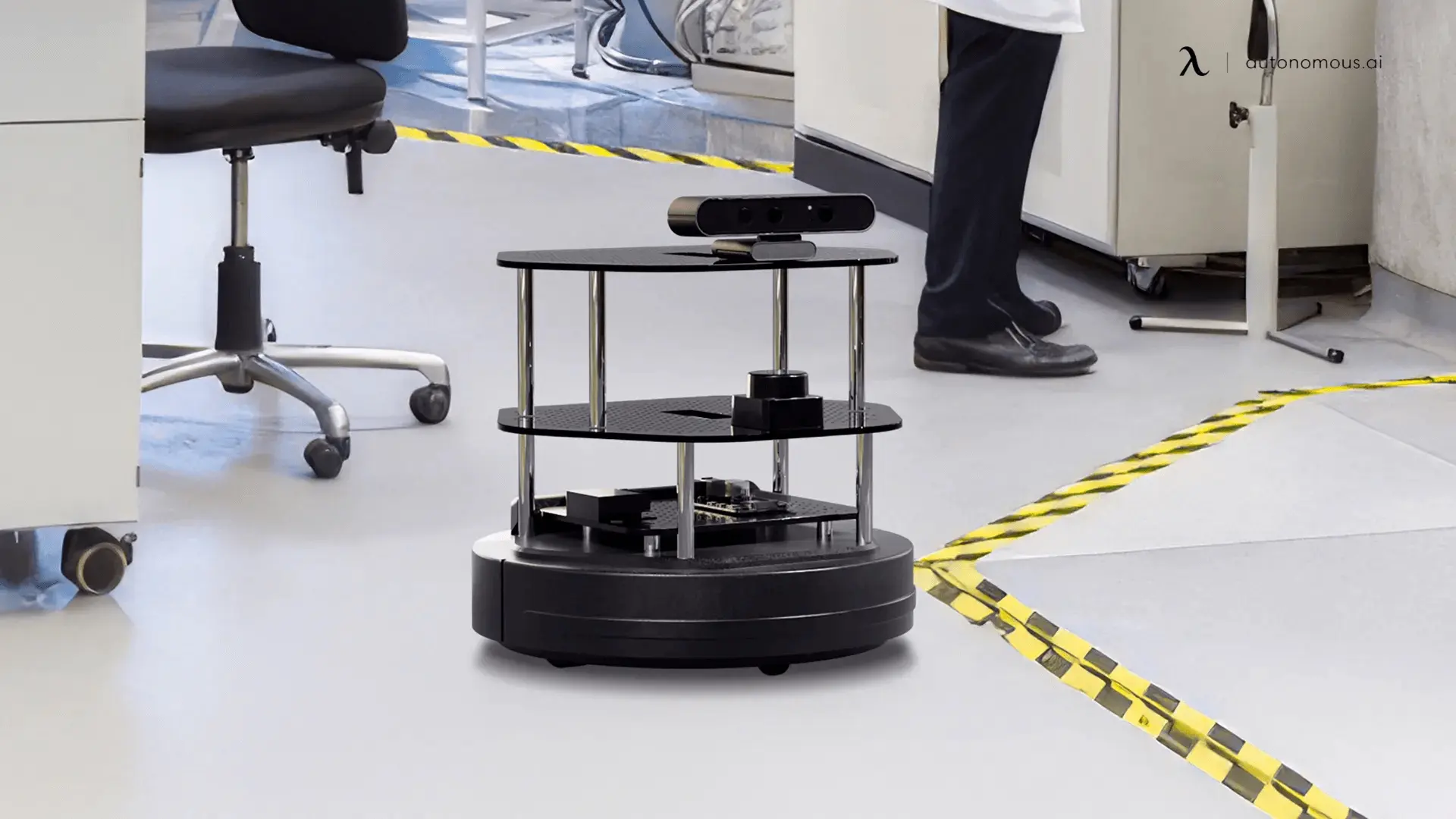- Newest
- Most viewed
Interested in a Link Placement?

After Christmas Furniture Sales 2025: Save On Top Deals
Shop the best after Christmas furniture sales 2025. Save on quality office furniture, living room pieces, and bedroom sets for your home.
Latest Updates | Dec 1, 2025 456 views

Robotics Beyond the Textbook: Empowering STEM Education with Sim-to-real
Latest Updates | Dec 1, 2025 370 views

Autonomous Desk 2 vs Desk 5: Which Should You Choose?
Smart Products | Nov 27, 2025 524 views

Best Family Christmas Gift Ideas 2025 Everyone Will Love
Latest Updates | Nov 26, 2025 601 views

Christmas Gift Rules: Simple Systems That Work in 2025
Latest Updates | Nov 26, 2025 174 views

15 Best Fitness Gifts to Crush Health Goals This Christmas
Latest Updates | Nov 26, 2025 488 views

Top 10 3D-Printed Christmas Gifts for Everyone
Latest Updates | Nov 26, 2025 547 views

Best Couples Christmas Gift Ideas for Every Relationship
Latest Updates | Nov 25, 2025 1,093 views
.webp)
Battlefield 6 Review - A New Era of Combat and Chaos
Gaming Setup | Nov 24, 2025 608 views

Teacher's Christmas Gifts: Practical Ideas for 2025
Latest Updates | Nov 25, 2025 770 views

5 Best App Building Software for 2025: No-Code to Pro
Latest Updates | Nov 24, 2025 571 views

Best App That Reads Books for You (2025 Guide)
Latest Updates | Nov 23, 2025 751 views
.svg)
